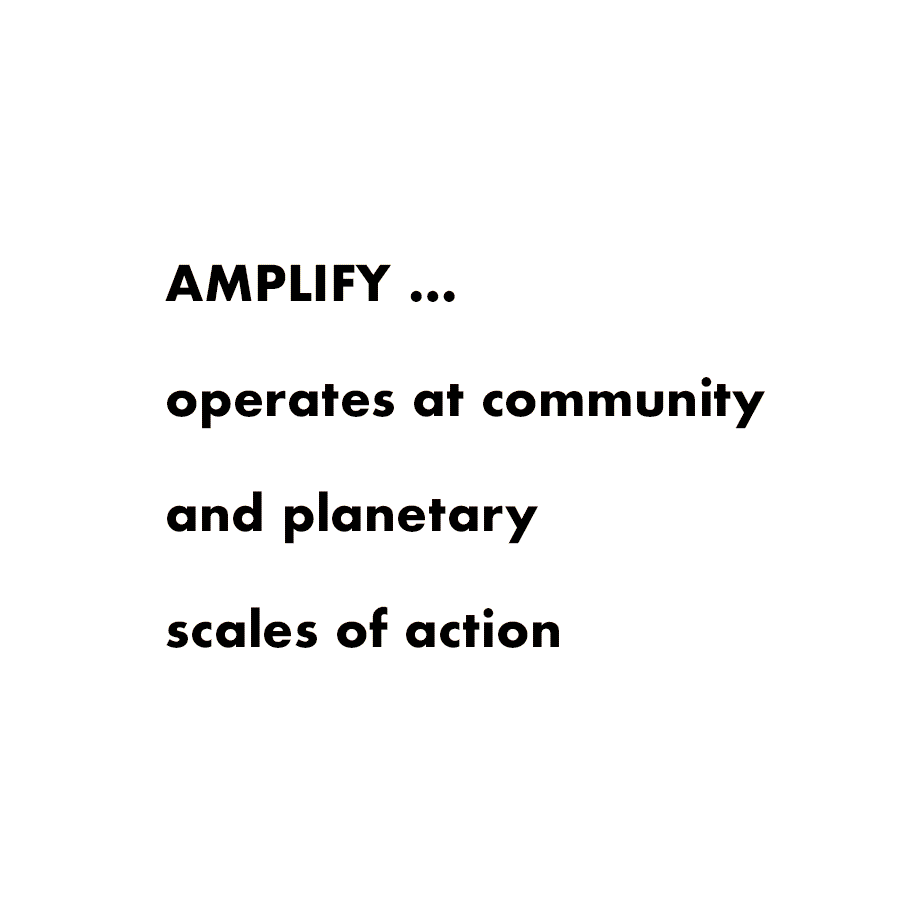
AMPLIFY … works on community and planetary scales of action
AMPLIFY … affirms a plurality of worldviews
AMPLIFY … honors our living, dead, and yet to be born as a continuation of planetary inhabitation
AMPLIFY … is polycentric, outside of scales of government, corporation, and other constructed borders
AMPLIFY … aims to transcend the border condition
AMPLIFY … is in search of a cooperative global order
AMPLIFY … aims to energize our collective imaginations
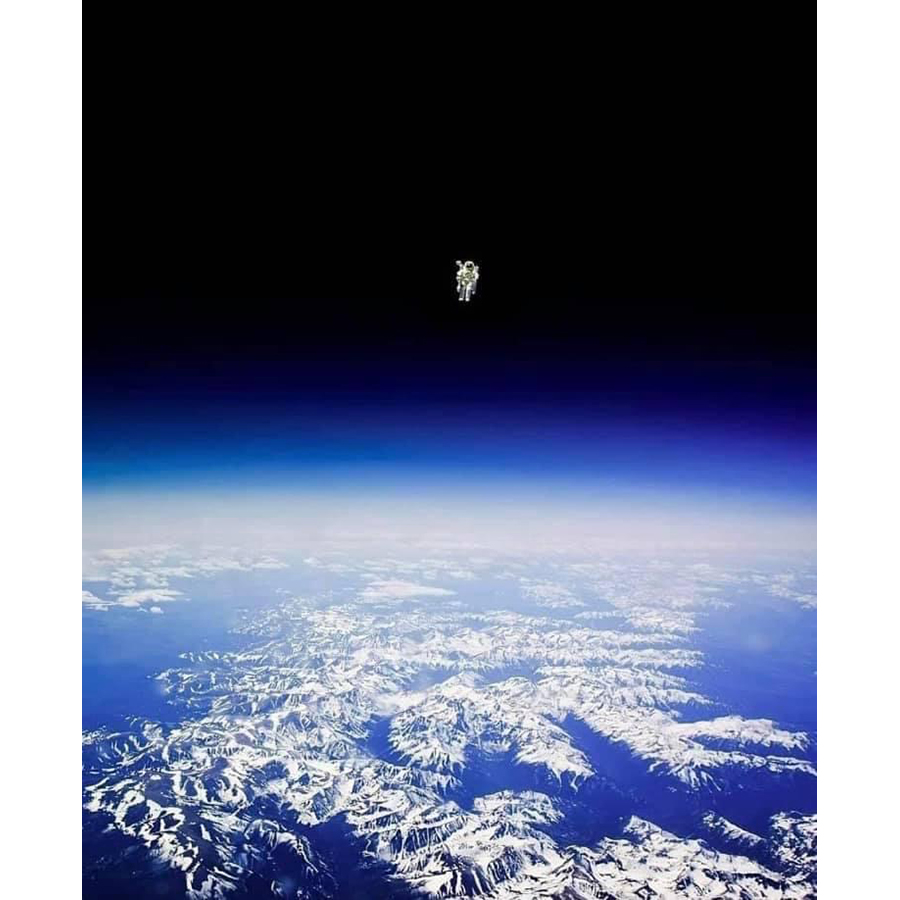
AMPLIFY … seeks the space to heal from past societal and individual injuries
AMPLIFY … seeks to learn equally from ancient and futuristic technologies
AMPLIFY … designs beyond the time scale ofshort-term profit-seeking
AMPLIFY … works in the Anthropocene, in the deep time of the planet
AMPLIFY … works in the present, committed to systems of mutual empowerment
AMPLIFY … celebrates our planetary interdependency
AMPLIFY … celebrates acts of healing, care, and maintenance
AMPLIFY … builds new forms of commons for a planet in flux
AMPLIFY … is a system of care for a vulnerable planet
AMPLIFY … asserts the fluidity of movement and rights for people
AMPLIFY … works for the future, beyond our current configurations of power
[TEXT BY SARA DEAN]

PRINCIPLES OF GOOD PARTICIPATION
º We don’t contradict the mission.
º We maintain positive energy to provide a sense of hope and flow to the discussion and process.
º We remain realistic since we are looking to address real-world problems.
º We do not interrupt one another.
º We honor the contributions of the other participants and frame their works well.
º We inspire others to participate.
[TEXT BY JAMES ANDREWS]
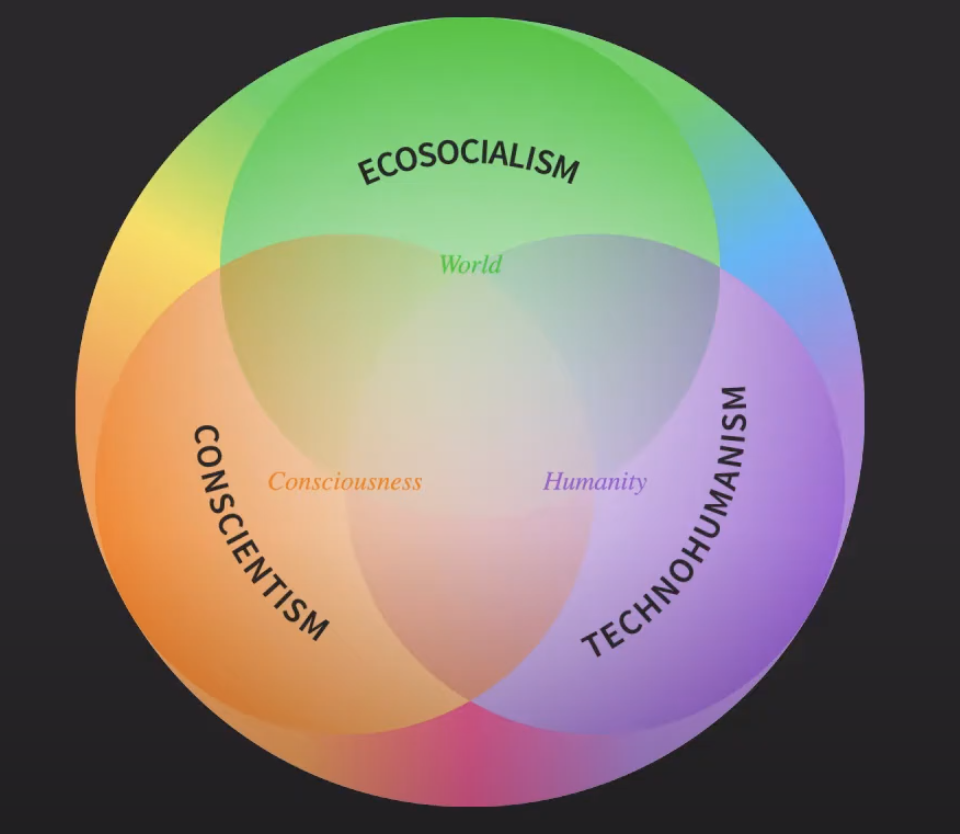
TOWARD A REGENERATIVE WORLD SYSTEM
Preamble
We are already in the time after the end. What happens next is slowly germinating, invisible out in the open. We are formulating a series of what ifs. Propositions the implication of which have not been fully fleshed out. Every future dreams its own past; every past dreams its own future. The present is captured until it breaks free and imagines for itself the unanticipated possibilities implicated by its worldview that are not yet made real.
We are creating another world—a world system, a new set of institutions befitting our time—that aims for transcendence. Every so often, in the time frame of hundreds of years, changes in consciousness and concrete conditions permit a new idea for how to govern and organize ourselves economically and politically to take root, spread organically, become predominant by force of necessity or impose itself through power, conquest, or movements of people. It may be that the system will be reborn within the framework of the old, as the founders of the United States imagined. The tools are only limited by our capacity to think through them and adapt them for our own uses. Meanwhile, transnational institutions and global cooperation take on a greater urgency and importance, which may demand entirely new forms. Vive le nouveau régime!
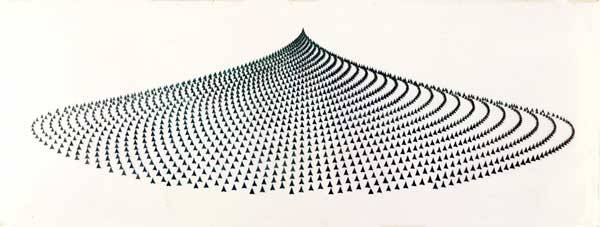
In the near future, we’ll shape the world according to our ideal imaginaries of how to organize local and global institutions, creating new polycentric, multilateral world systems liberated from the obligation to defer to national identities, while respecting well-functioning existing states. These multilateral world systems will be intensely local and particular, rooted in places and adapted to regional climatic conditions, honoring cultural belief systems and the gods each place worships, and empowering the rule-making authority of local actors, so long as they do not violate global principles. The sanction for violating these principles is non-participation and losing the benefits and protection of global cooperative world-governing bodies.
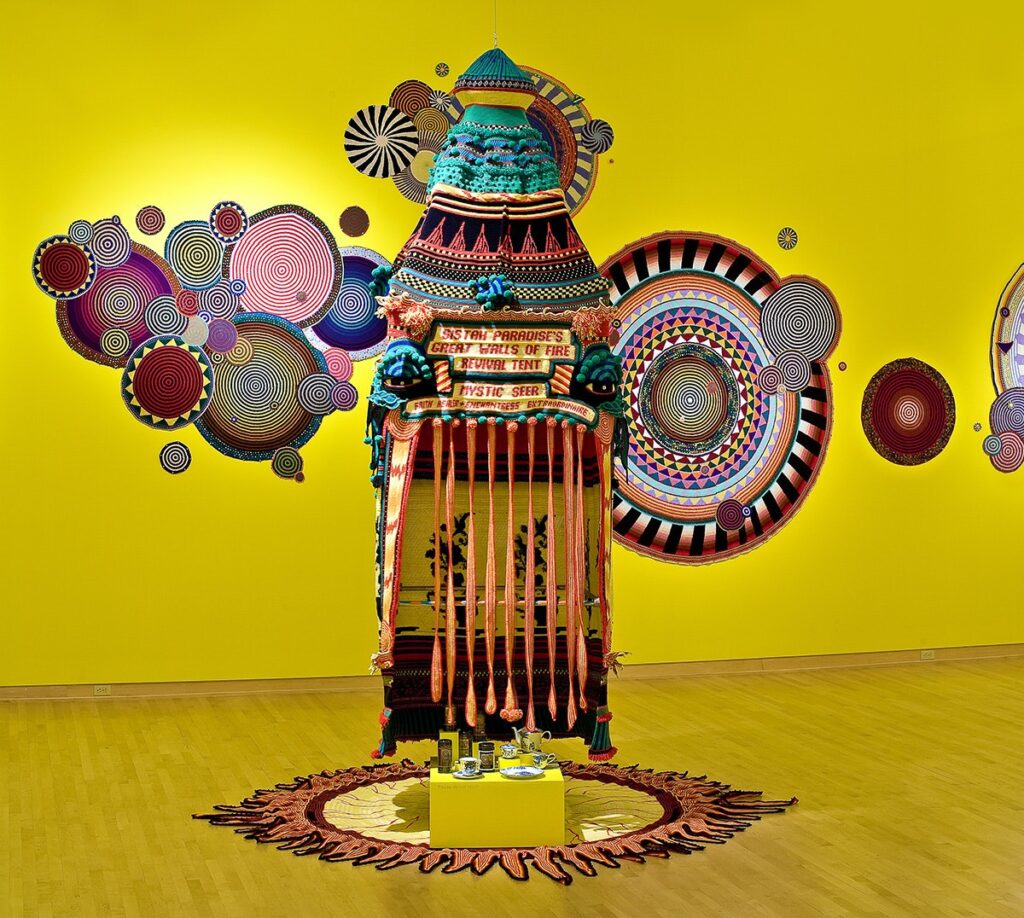
The regenerative world systems will be governed by a hybrid of layered identities and discourses, making use of human rights as a basis for regulating the expectation of societies for equal treatment, making use of markets to the extent they compensate producers and makers for their fairly compensated labor, and making use of social distribution and adequate regulation of basic goods with respect to commodities that every individual depends on and can reasonably expect access to: a place to live, food to eat, water to drink, transport, health care, education.
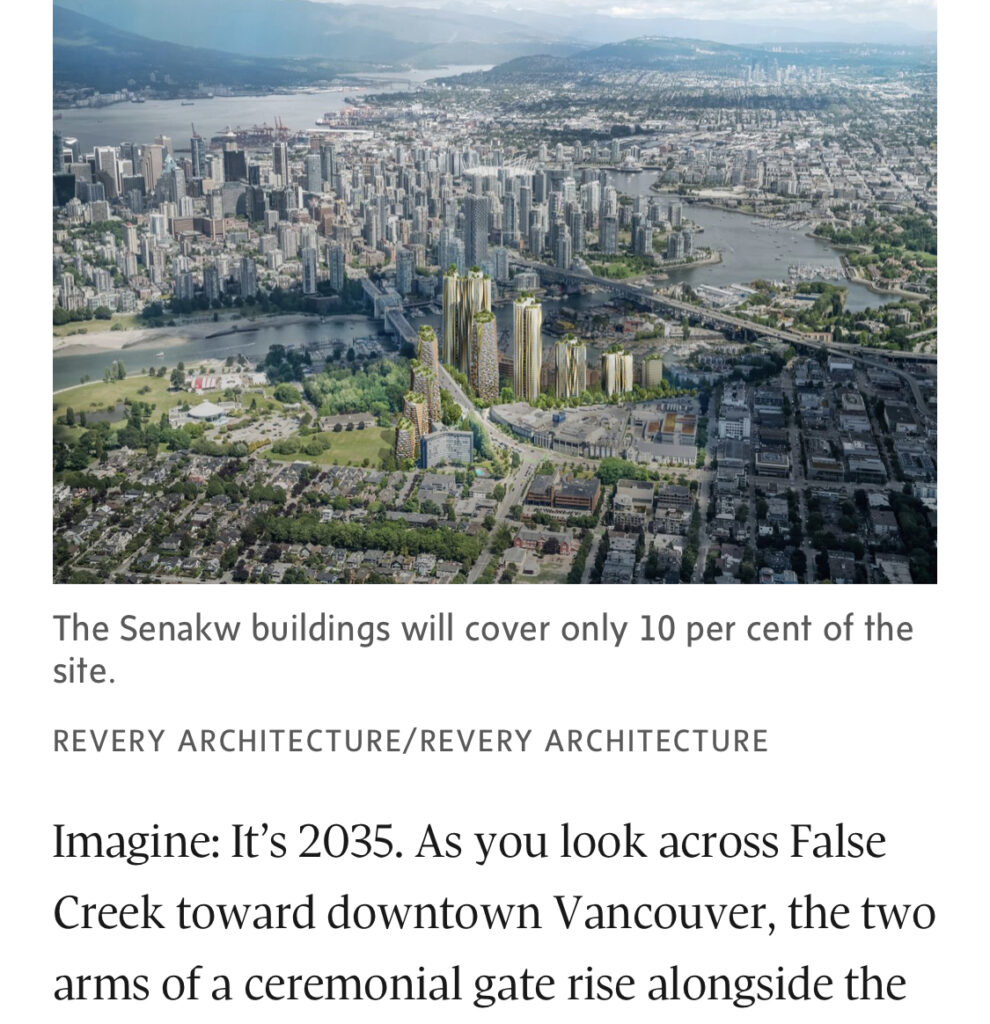
Other species will also have a newly established right to exist within a shared habitat with humanity, and development and production of goods cannot proceed without establishing that its form is consonant with the thriving of plants and animals as well as people in the surroundings. World-governing institutions will have relays that enable small communal entities and large metropolitan regions to immediately communicate their needs and wants, responding to crises as well as the well-being and happiness of global citizens.
[TEXT BY STEPHEN ZACKS]

DECLARATION OF PRINCIPLES
Worldbuilding embraces an imaginary that is global in scope, transcending existing physical, political, and ideological boundaries. It is a multilateral approach to global transformation that seeks to foster sustainable, equitable flourishing of all inhabitants of the planet, human and otherwise, and their habitat. It is polycentric, encompassing a continuum of overlapping lines of authority, from the local to the global, the indigenous to the cosmopolitan, past, present, and future. Its governance structure privileges no node or cluster of nodes over another but harmonizes multilayered governing structures to respond to a multipolar set of concerns. It understands the planet’s geosphere and biosphere in their totality as common resources under the jurisdiction of all and subject to their full participation in their governance.
The mandate for worldbuilding derives from the planet’s evolution—the geological epoch termed “the Anthropocene,” in which human activity is the dominant influence on the Earth’s ecosystems—and the need for regeneration to create a sustainable balance. Collective consciousness of the global imaginary has emerged from proliferation of media and technology around the world, economic, cultural, and political interactions flowing through those networks and systems, the power structures they have enabled, and the present-day global crisis.
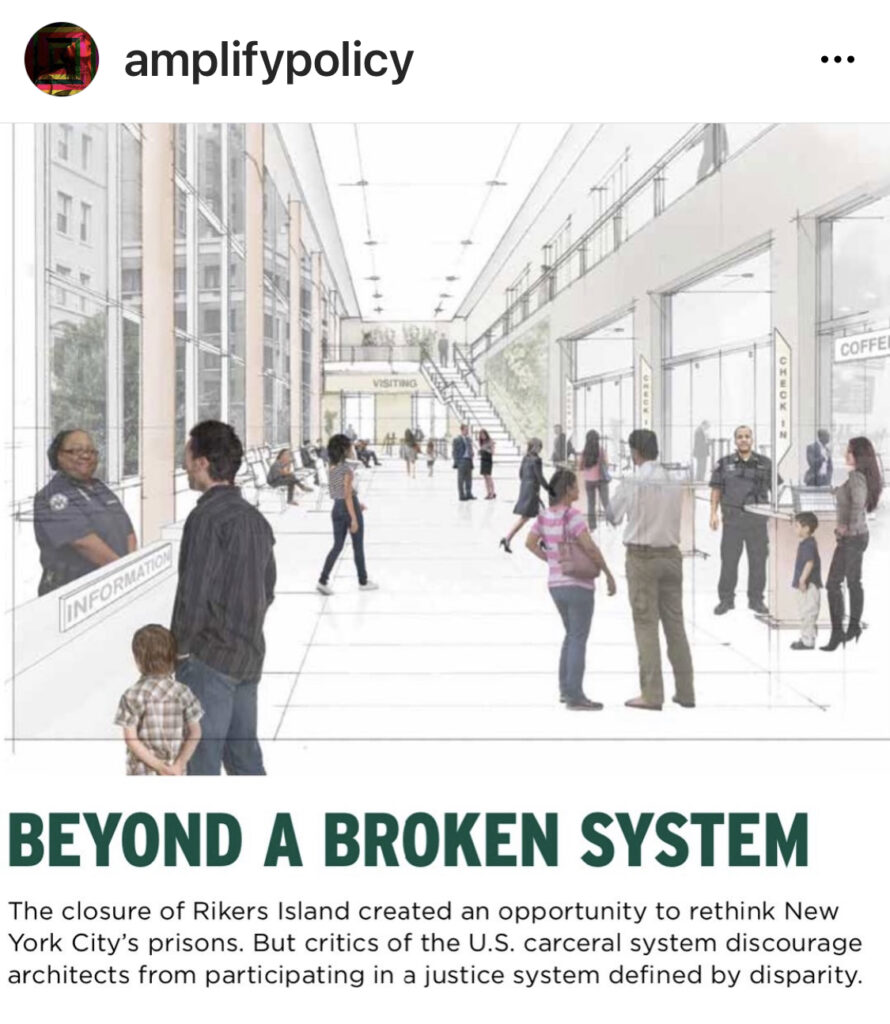
Implementation of worldbuilding requires a process of reterritorialization, including large-scale stellar space projects in planning. Certain artificial structures must be unbuilt so that new ones may be erected. Geopolitical boundaries of modern nation-states, which are artifacts of settler colonialism, restrict the movements of indigenous peoples whose territorial claims predate those that have been imposed upon them. Others are failing, lack legitimacy, and need to be superseded, such as corrupt states that steal public revenues, governments that fail to mediate internal conflicts—leading to massacres and human rights violations—and political systems in which corruption of electoral processes and inadequate responses to crises call into question the legitimacy of governing regimes.

On a grander scale, the modern world-system of short-term profit-making and capital accumulation has integrated the planet’s diverse inhabitants and myriad resources into an imbalanced global order, leaving severe inequality, misery, and ecological disaster in its wake. Replacing this system with a regenerative one oriented toward well-being that makes use of our best knowledge and aspirations will not only serve to promote widespread equity and opportunity for inhabitants in all regions of the world but is necessary to ensure the planet’s future habitability.
The ultimate vision of worldbuilding can begin to be articulated and realized by implementing the following short-term processes:
• Create a global repository of indigenous and ancient wisdom, cultural knowledge, and languages incorporating interactive maps of populations and precolonial borders accessible through a range of media formats.
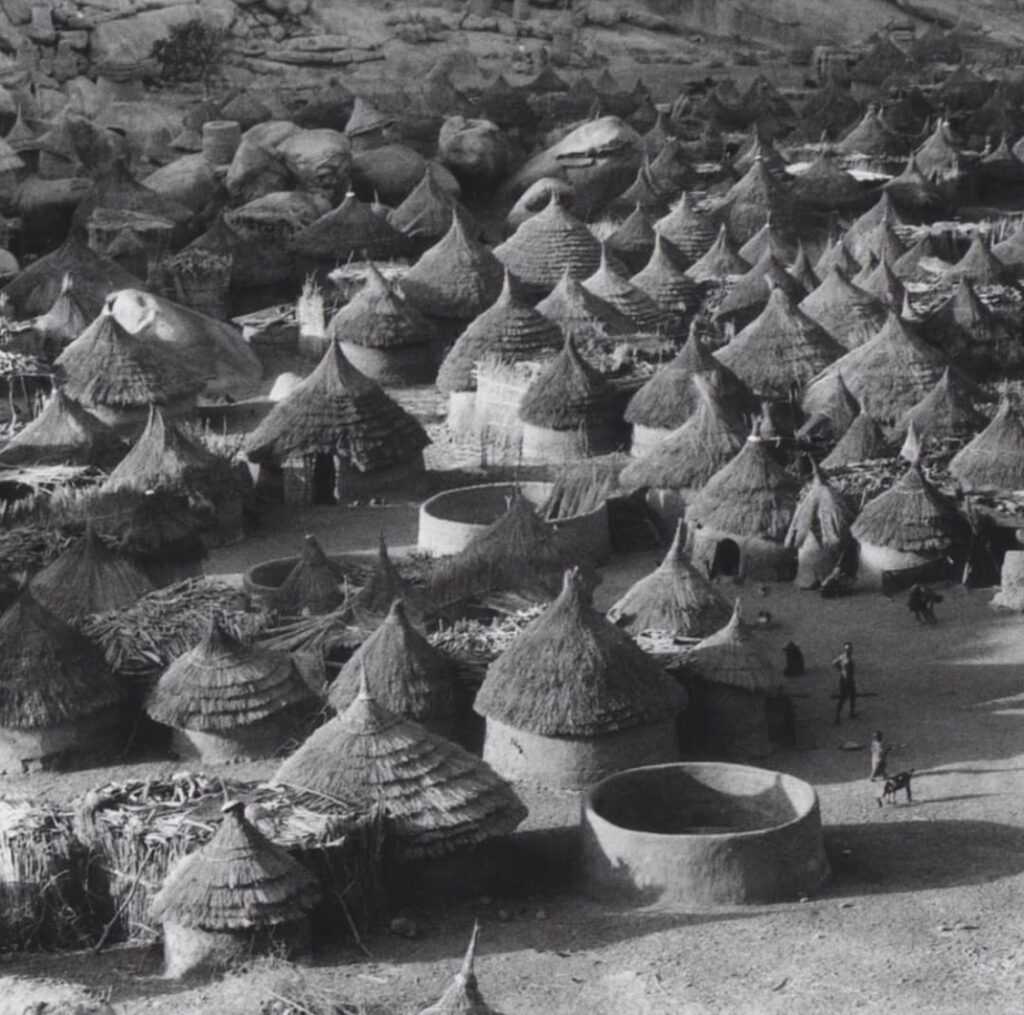
• Foster aesthetic practices that raise the consciousness of the global imaginary and design of physical and cultural spaces bringing people together to imagine, plan, and implement a sustainable future, including hardware and software, nourishment and sustenance, educational programming, and other resources that leverage the power to bring about social justice.
• Advocate for a new type of multipolar global governance structures and institutions with multiple centers of shared authority, legitimated by worldwide universal suffrage to adjudicate issues of common concern, including but not limited to human rights, the ecology, inequality, and the global economy.
[TEXT BY VINCE CARDUCCI]
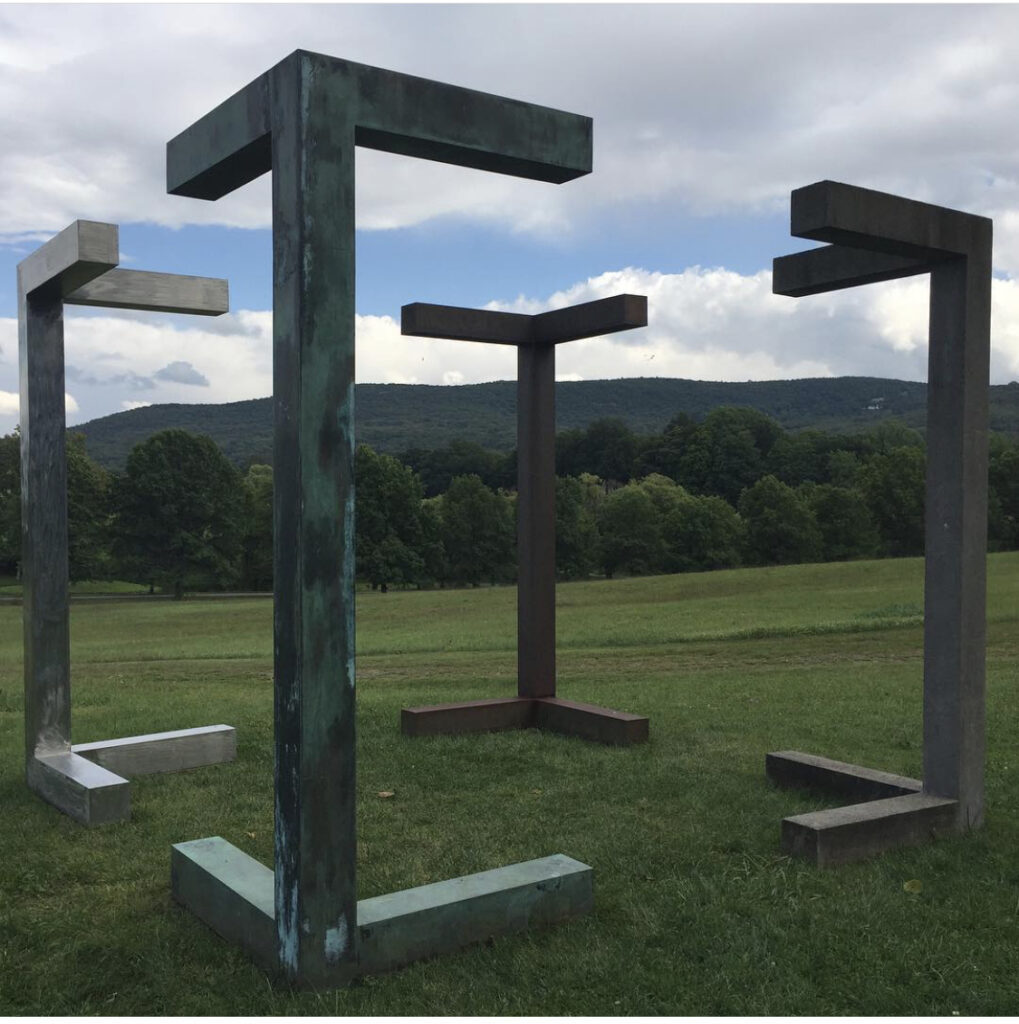
Discussion Participants
James Andrews, artist and strategic planner; artist and neurologist Sonja Blum; exhibition designer Isabella Bruno; cultural critic and College for Creative Studies dean emeritus Vince Carducci; New York-based artist and activist Jim Costanzo; Argentina-native architect Pablo Castro and Jennifer Lee of OBRA Architects; landscape architect Susannah Drake; art critic and curator Peter Duhon; University at Buffalo associate professor of architecture and Ants of the Prairie director Joyce Hwang; community planner Aurash Khawarzad; Montreal-based, French-native designer Yann Meurot; Catholic Theological Private University Linz, Austria philosophy professor Aloisia Moser; Akura, Nigeria-based African media theorist Tunde Onikoyi; artist, curator, and professor at University of California San Diego Kyong Park; Montreal-based architect and space designer Claude Boullevraye de Passillé; ethnobotanist Louis Putzel; community planner and Latino urbanism specialist James Rojas; U.S. immigration attorney Alfonso Ramos, esq.; architectural critic and curator Nina Rappaport; architect, preservationist, and Democratic reform activist William Rockwell; sculptor and performance artist Raphaele Shirley; MIT Associate Professor of Technology and Urban Planning and director of the Civic Data Design Lab Sarah Williams; and advocacy journalist and organizer Stephen Zacks.

Worldbuilding References [click link for ongoing collection of resources shared during worldbuilding discussions]


